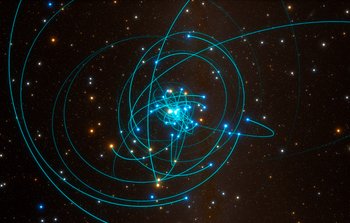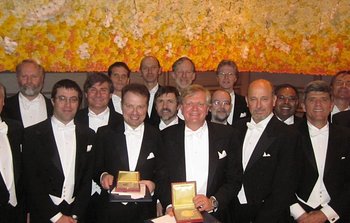This dazzling region of newly-forming stars in the Large Magellanic Cloud (LMC) was captured by the Multi Unit Spectroscopic Explorer instrument (MUSE) on ESO’s Very Large Telescope. The relatively small amount of dust in the LMC and MUSE’s acute vision allowed intricate details of the region to be picked out in visible light.
The release, images and videos are available on:
https://www.eso.org/public/news/eso1903/
Kind regards,
The ESO Education and Public Outreach Department
6 February 2019

|
31 January 2019: The winners of the Catch a Star 2018 Contest have been announced. Each winner will receive a mounted image featuring ESO telescopes in Chile, courtesy of ESO, such as the ...
|
| Read more |

|
30 January 2019: The latest edition of ESO's quarterly journal, The Messenger, is now available online. Find out the latest news from ESO on topics ranging from new instruments to the latest ...
|
| Read more |

|
30 January 2019: January 2019 marks 50 years since the publication of the first issue of Astronomy & Astrophysics, which ESO played an important role in founding. Since its inception, Astronomy & Astrophysics ...
|
| Read more |

|
29 January 2019: On 28 March 2019, ESO will participate in Germany’s Girls’ Day activities, in which technology companies, universities and research organisations open their doors to female school students to give ...
|
| Read more |

|
Interview with: Bruno Leibundgut
1 February 2019: Just over seven years ago, the Nobel Prize in Physics was awarded “for the discovery of the accelerating expansion of the Universe”. ESO’s Very Large Telescope Programme Scientist, Bruno Leibundgut, ...
|
| Read more |

|
Interview with: Markus Kasper
25 January 2019: After years of planning, in 2014 ESO’s Very Large Telescope welcomed the planet-hunting SPHERE instrument. Ever since, SPHERE has enabled scientists to carry out ground-breaking astronomical research, including investigating how ...
|
| Read more |
|
|
|
|